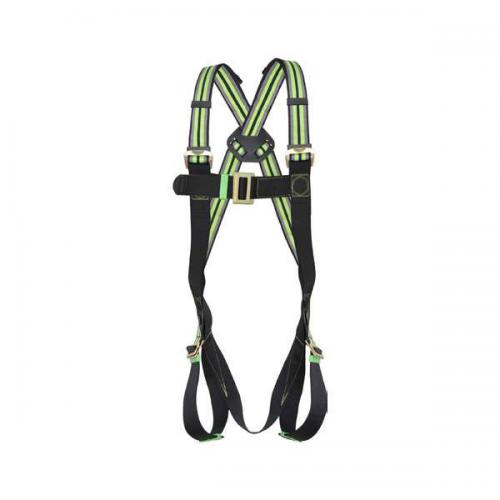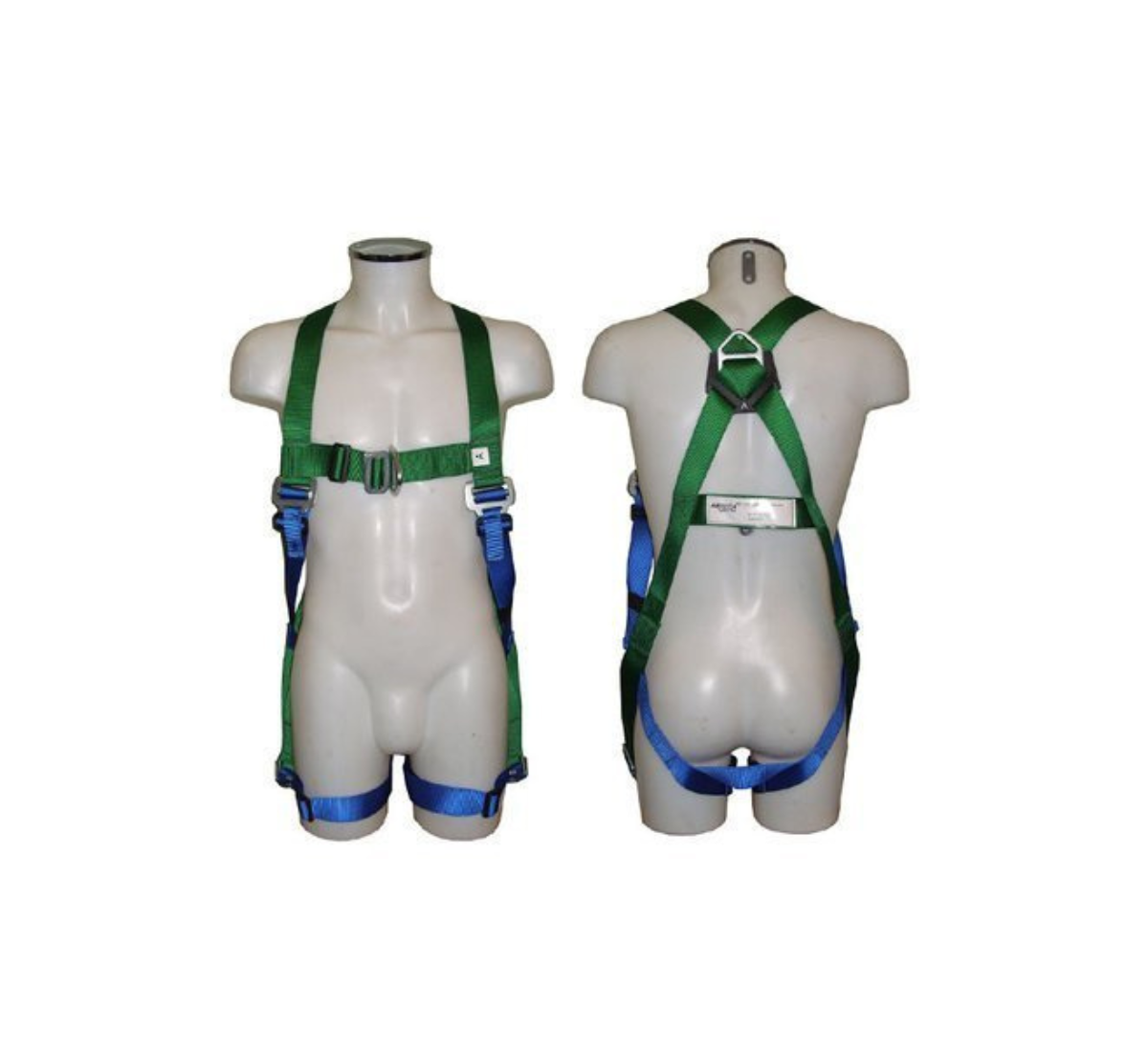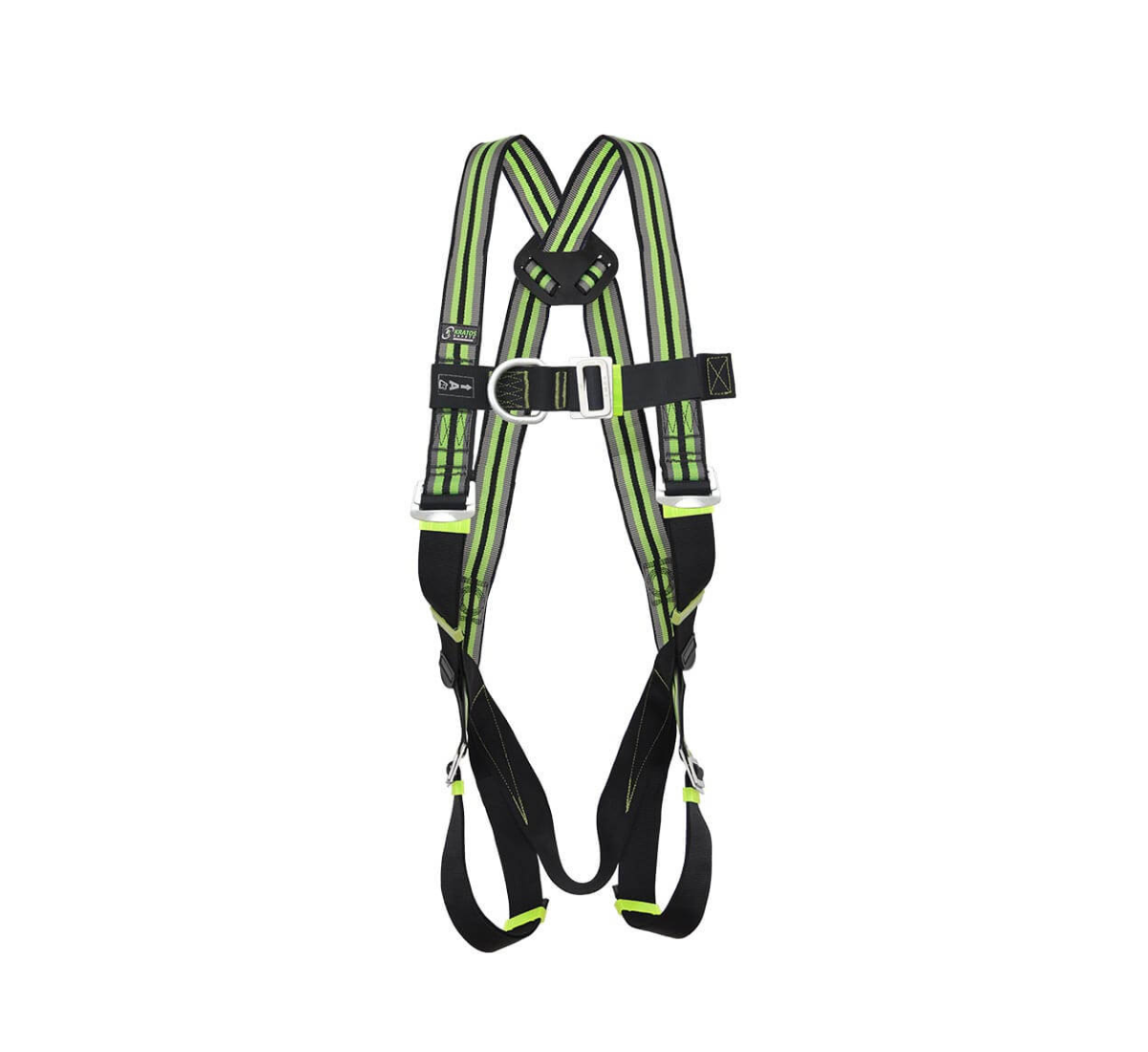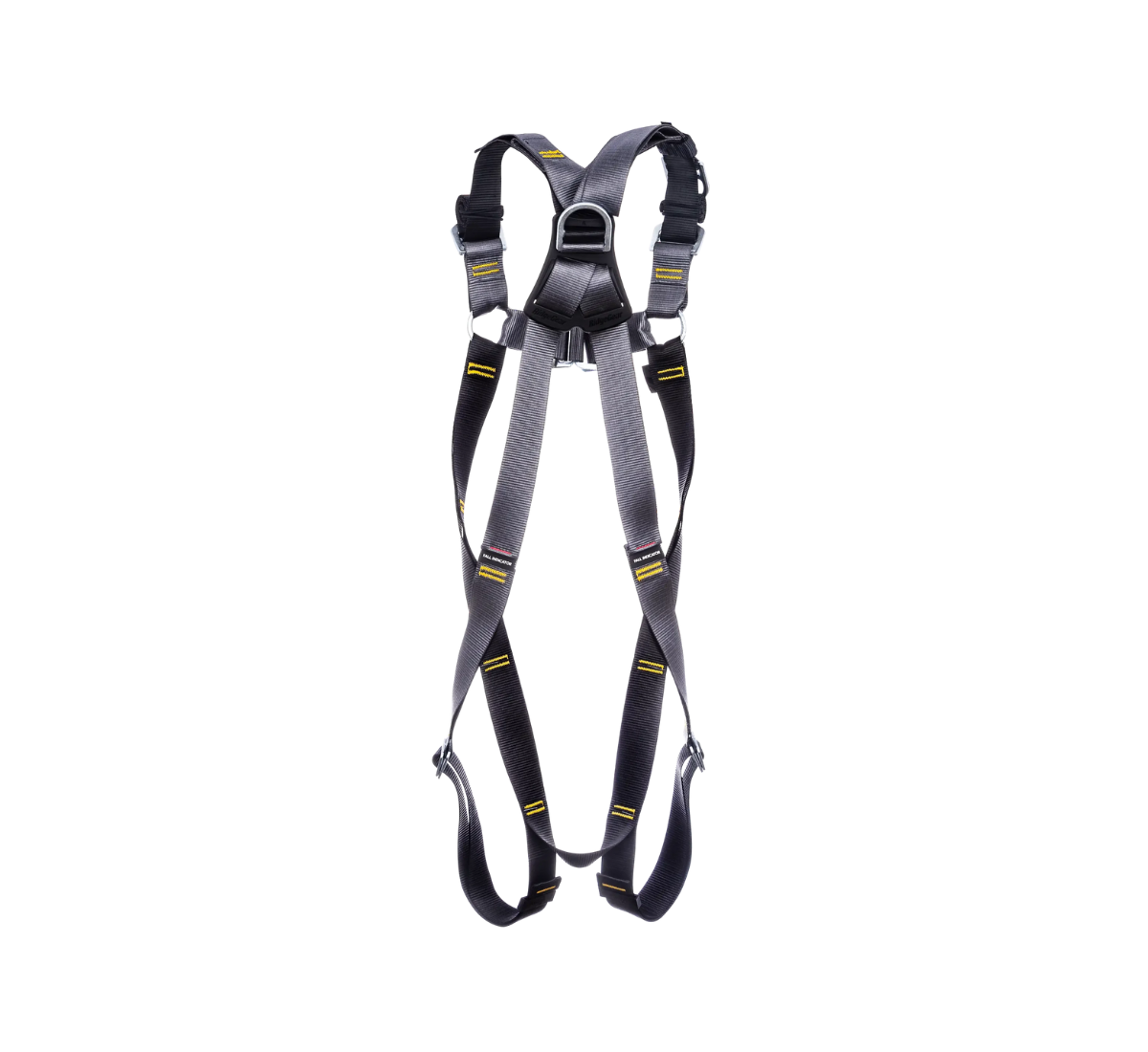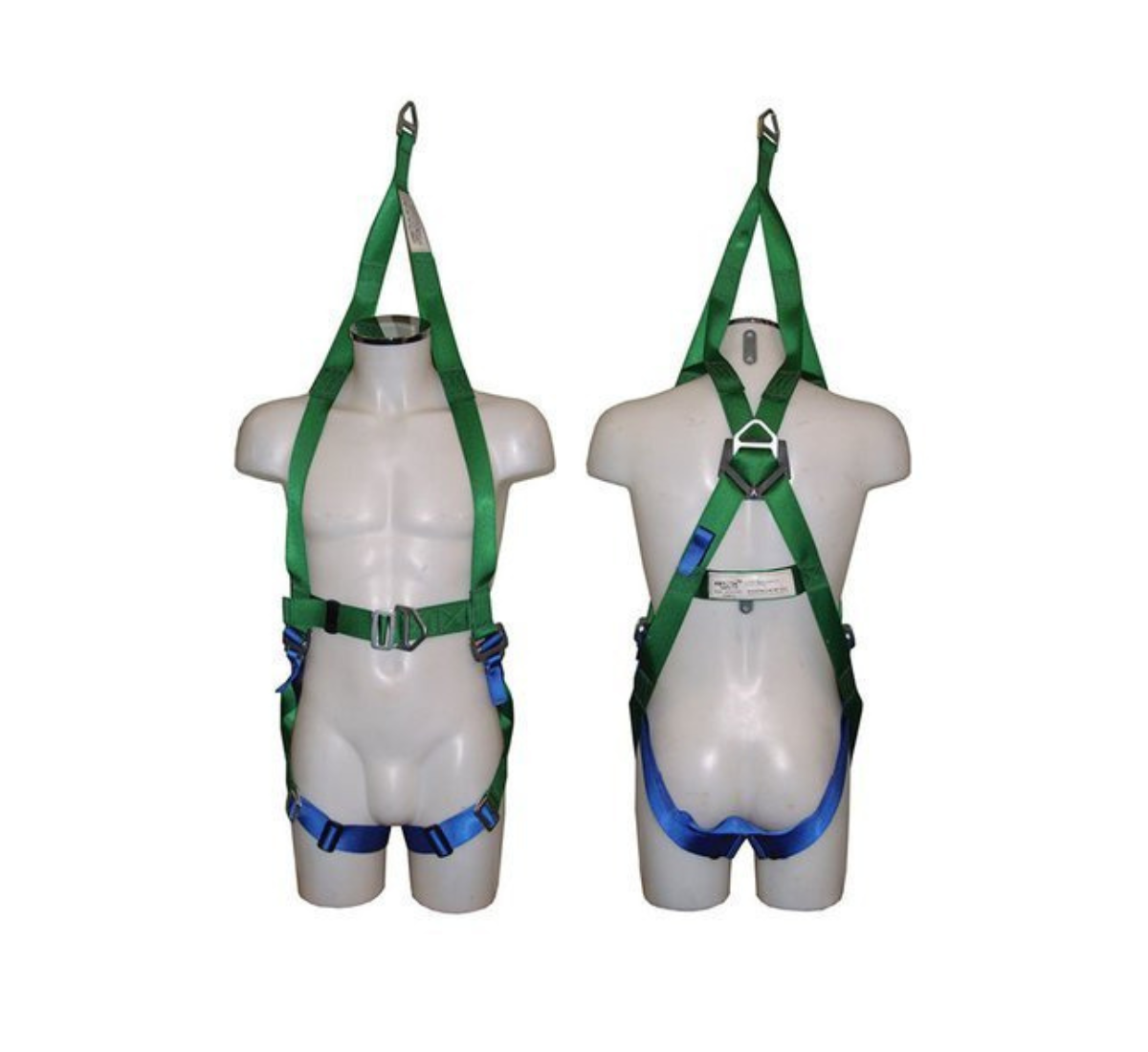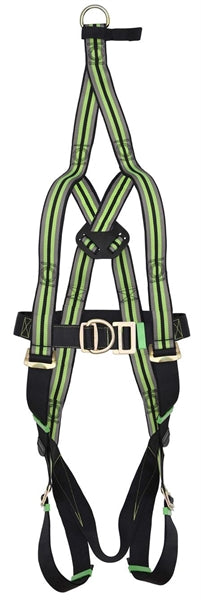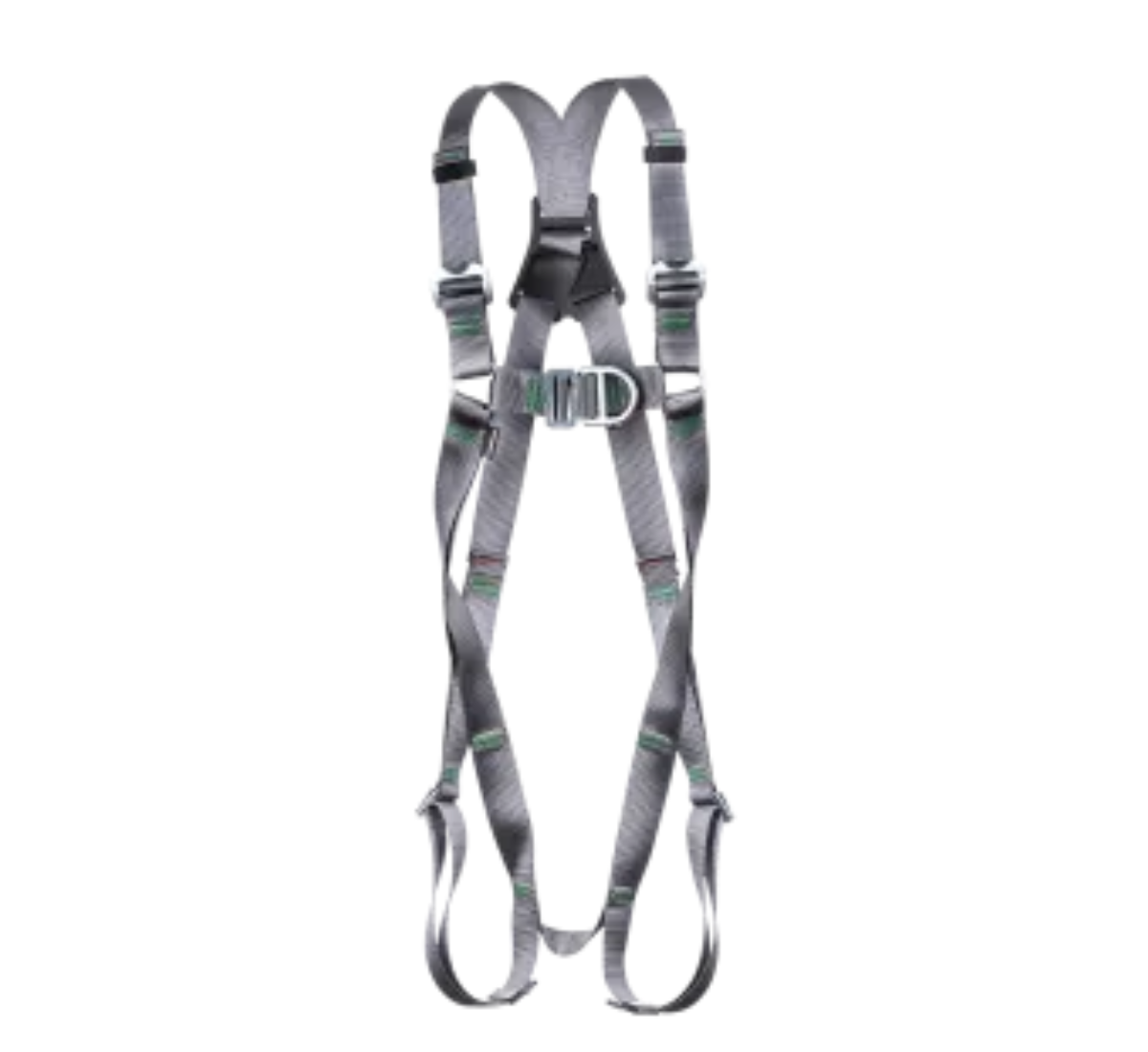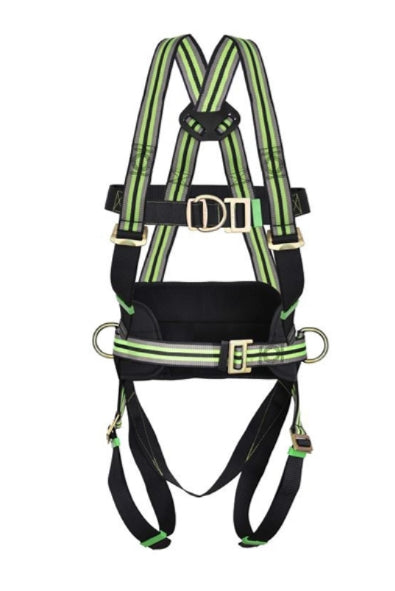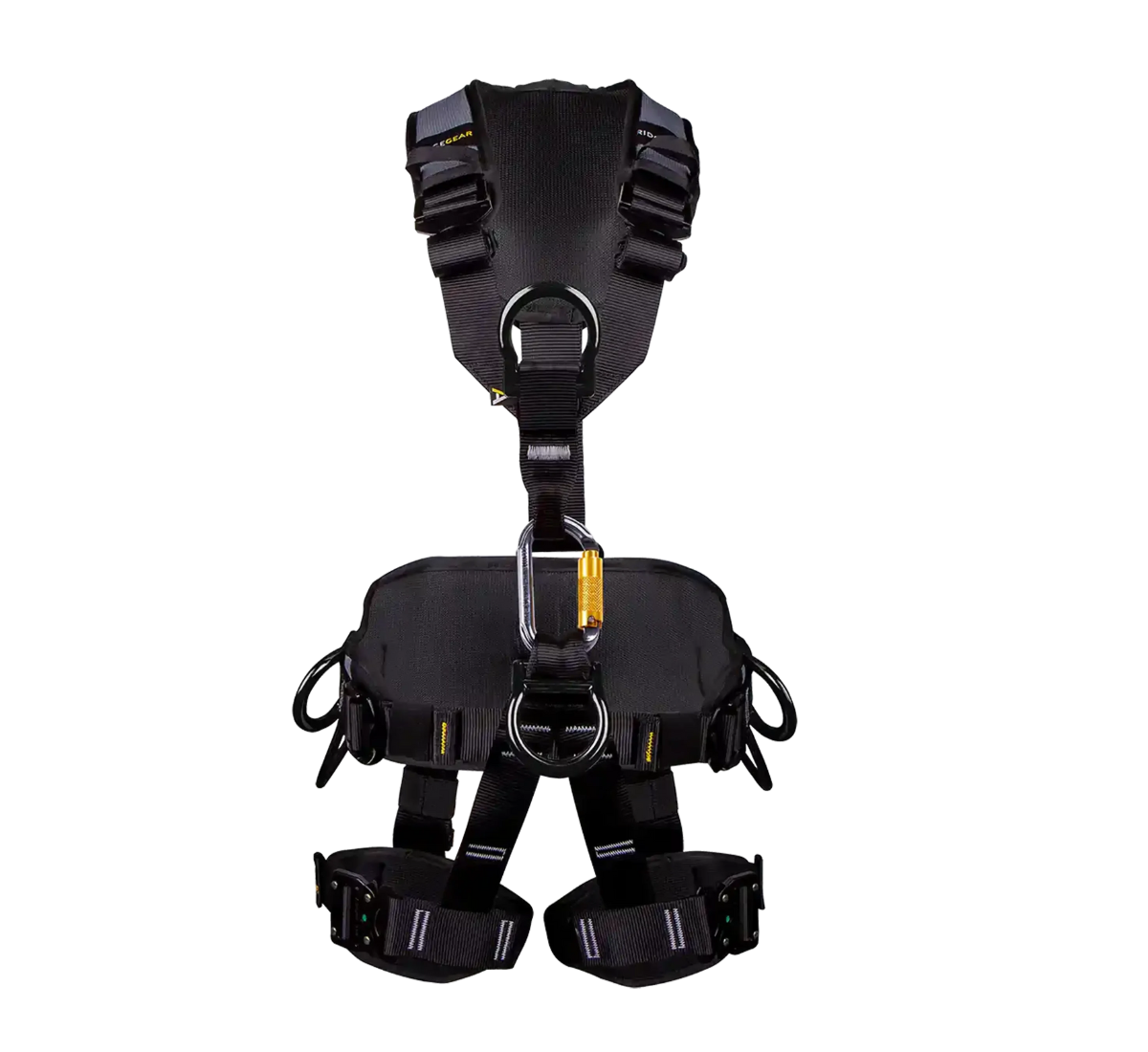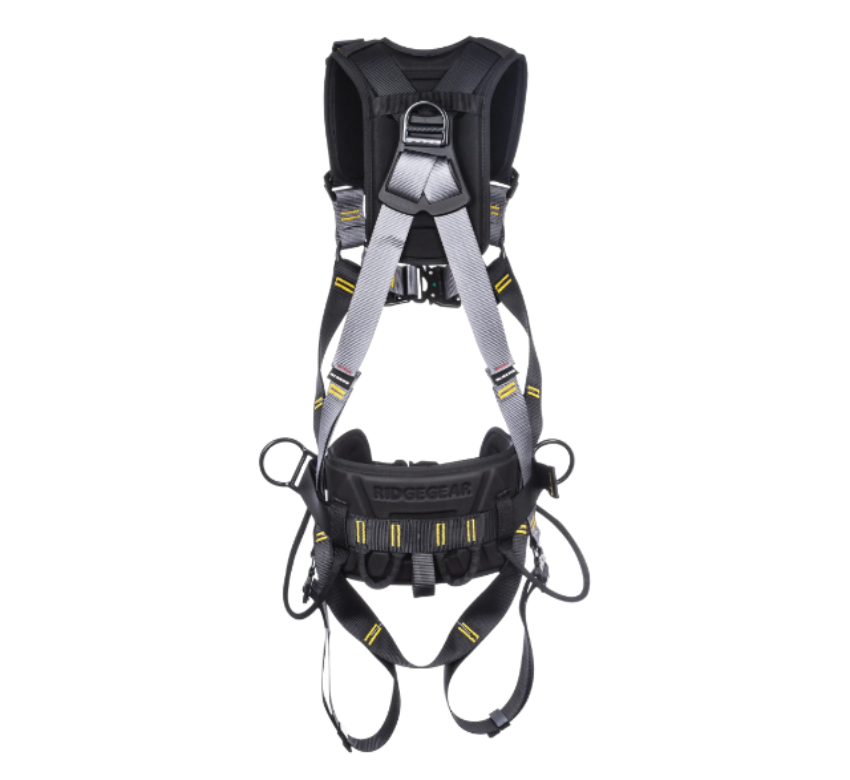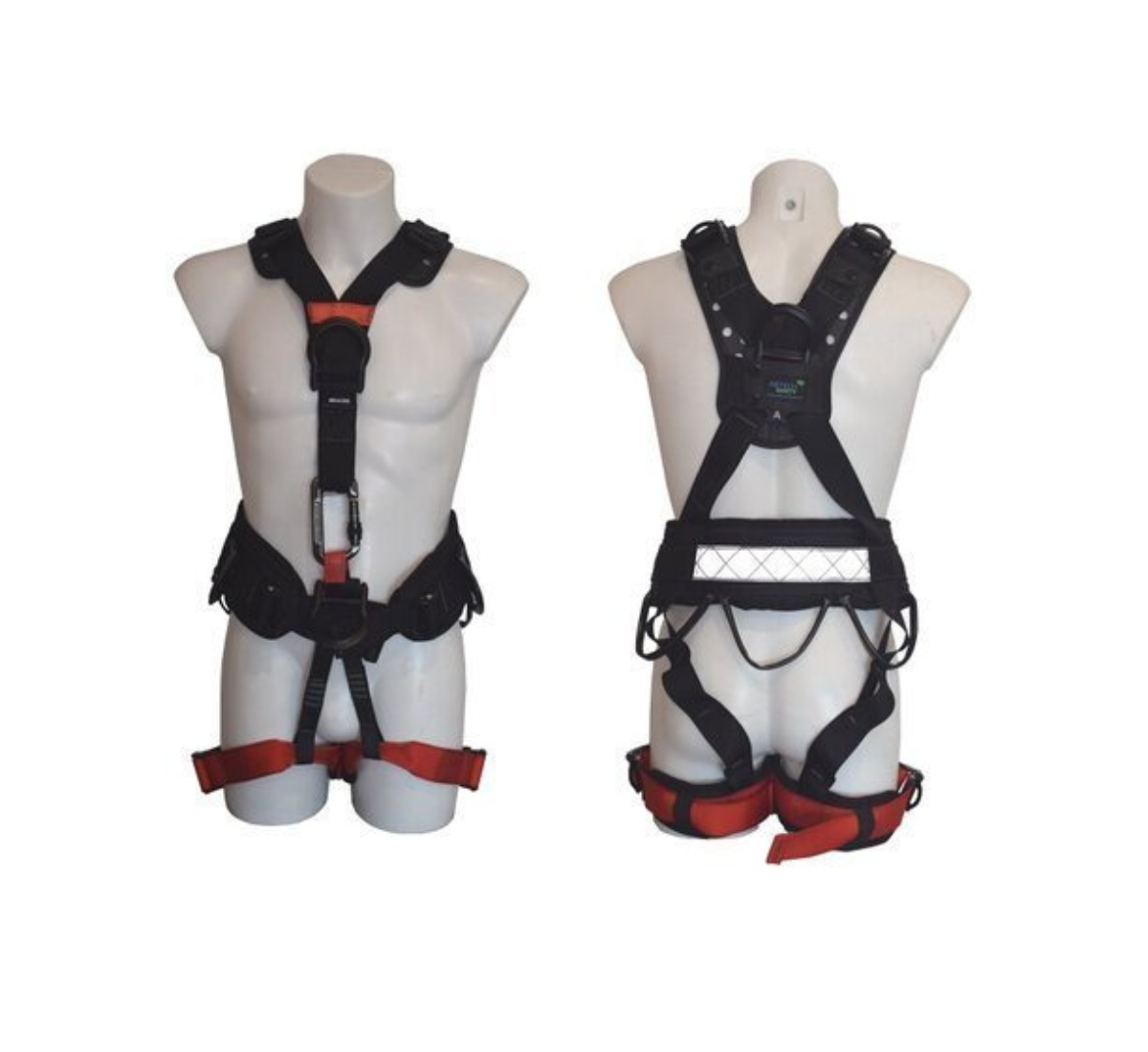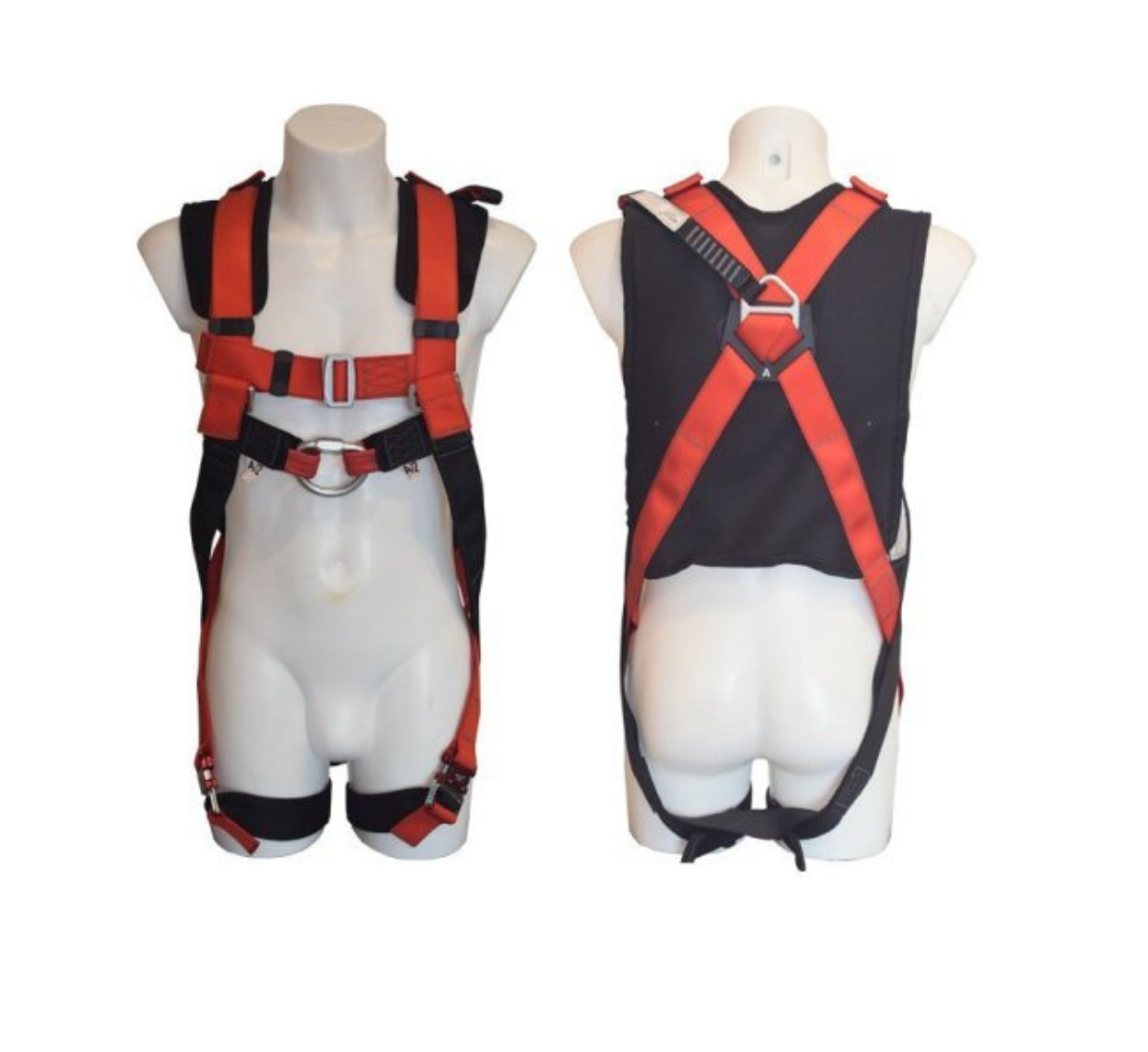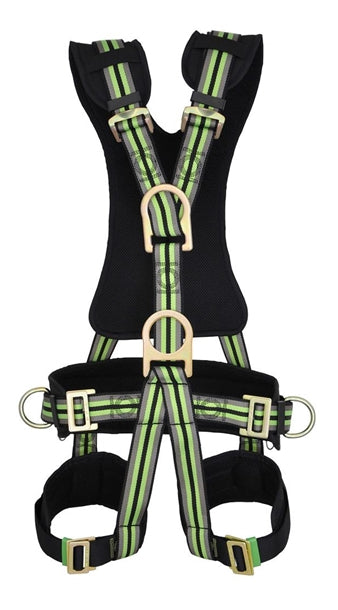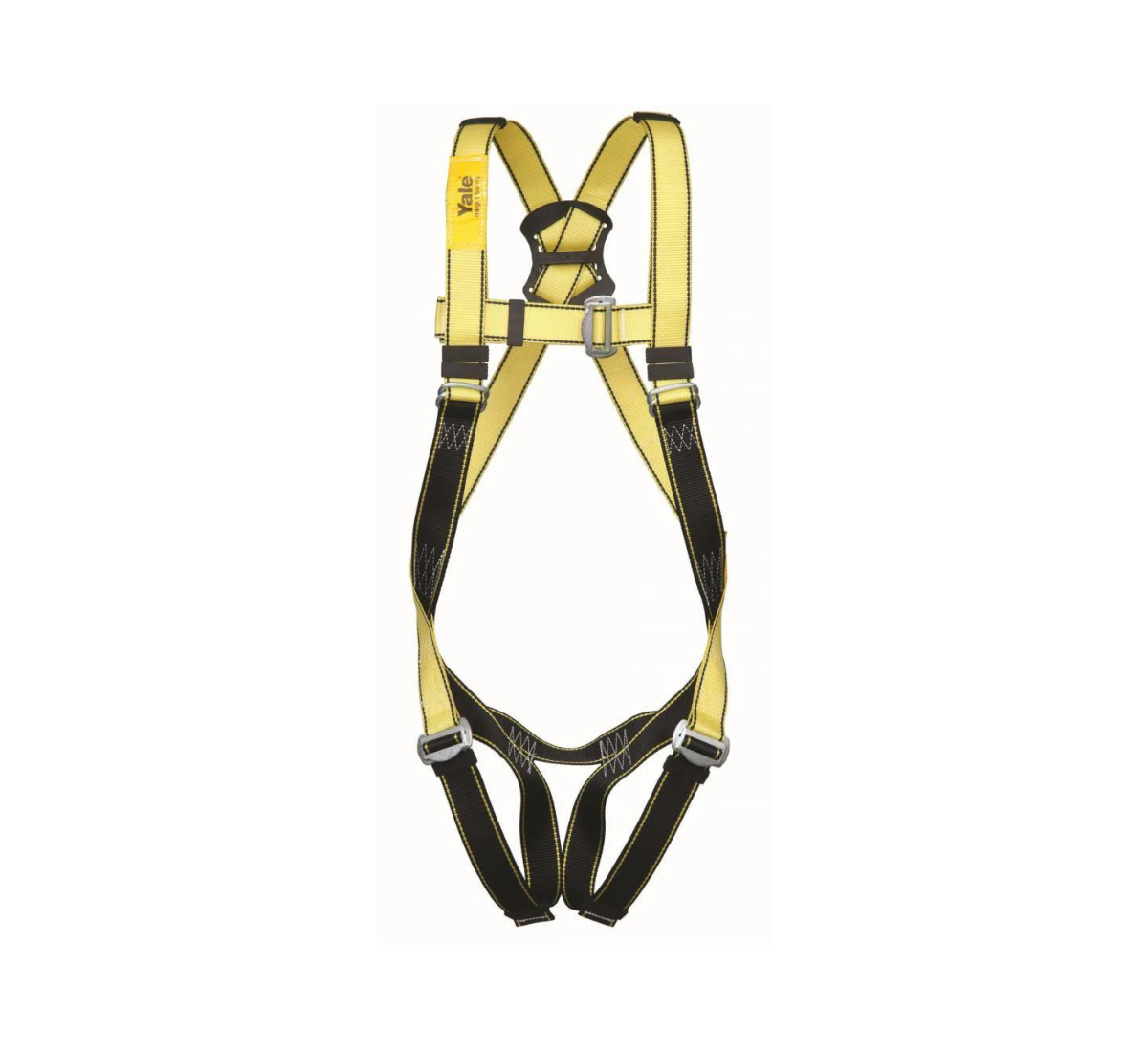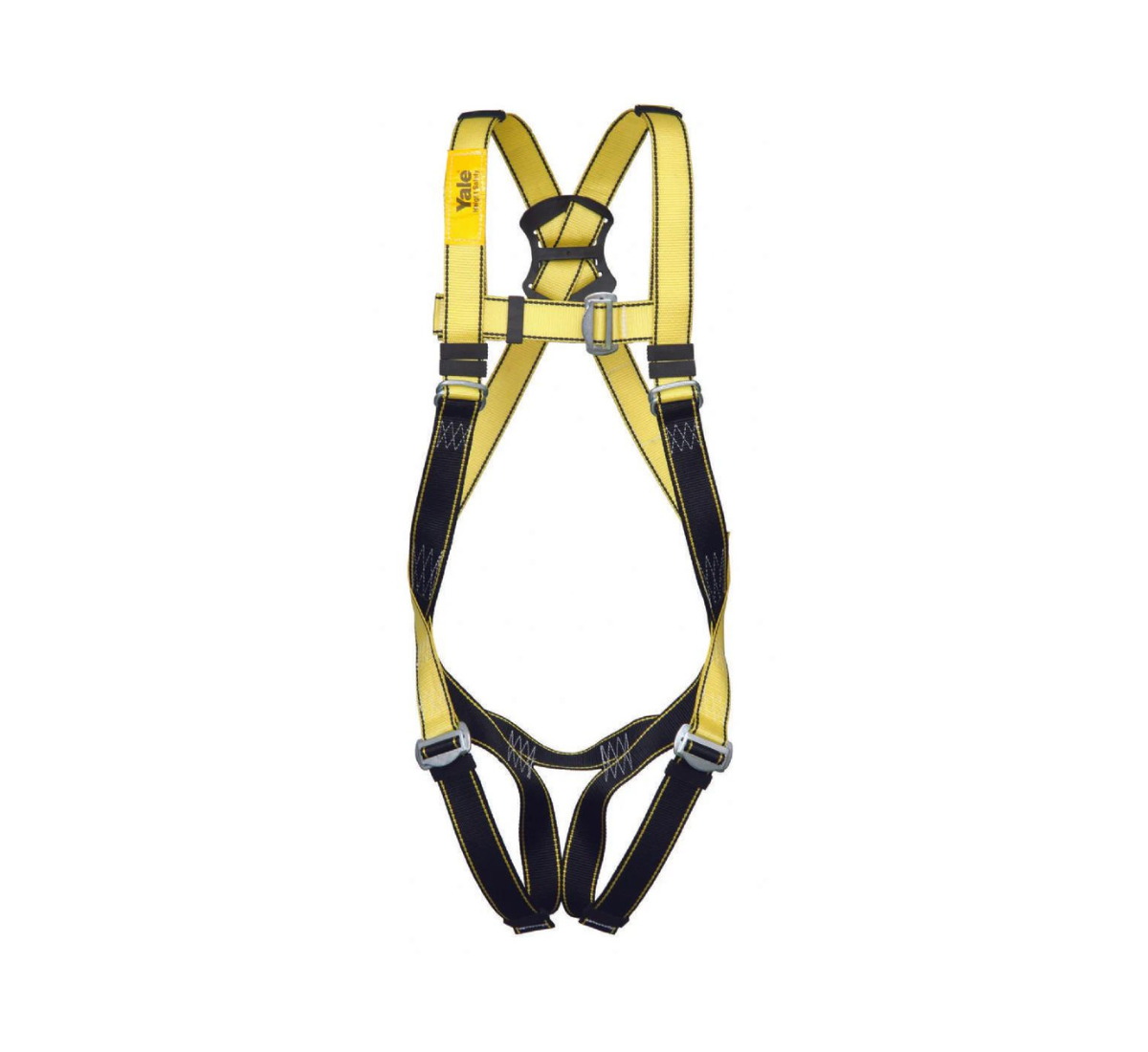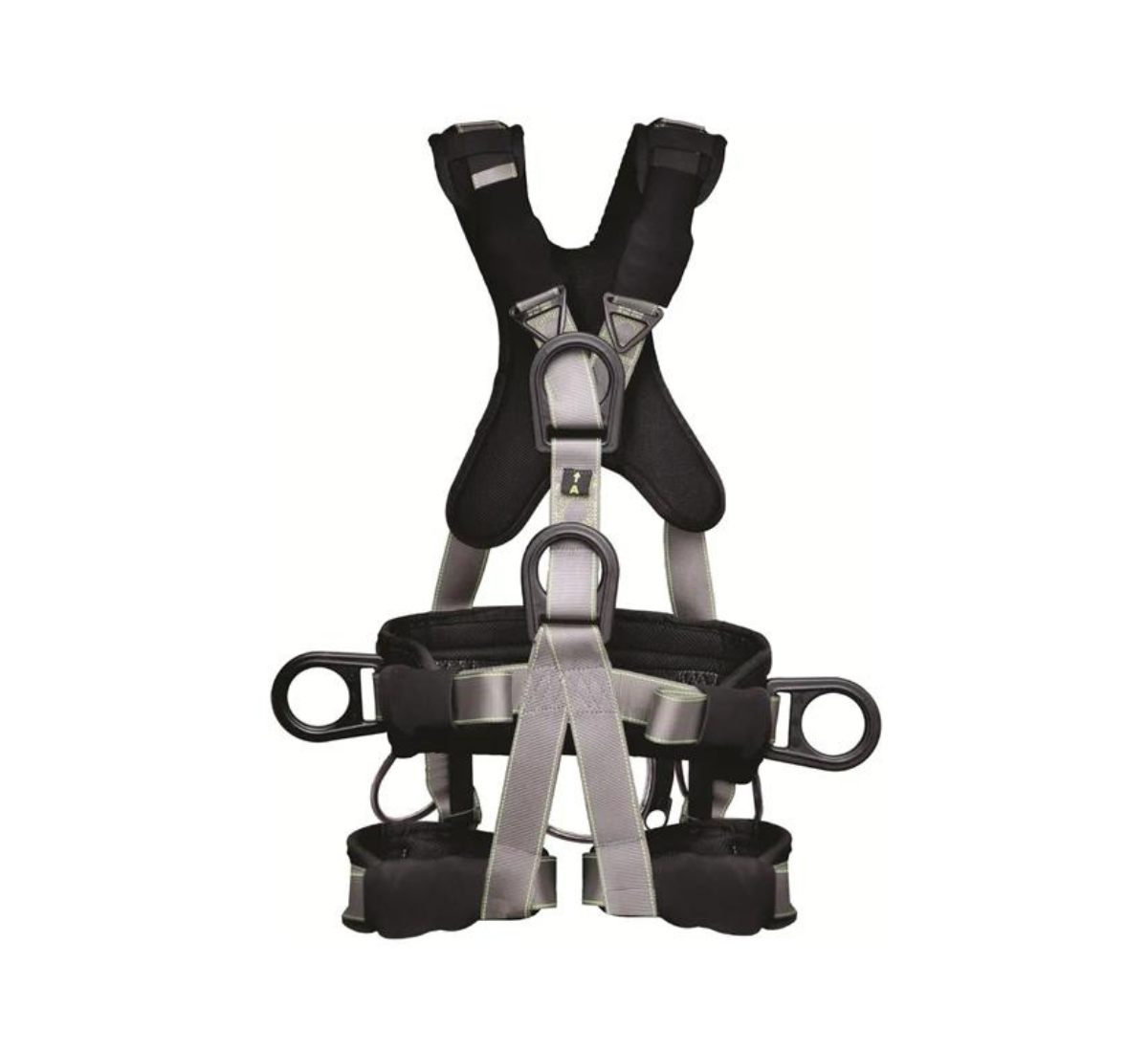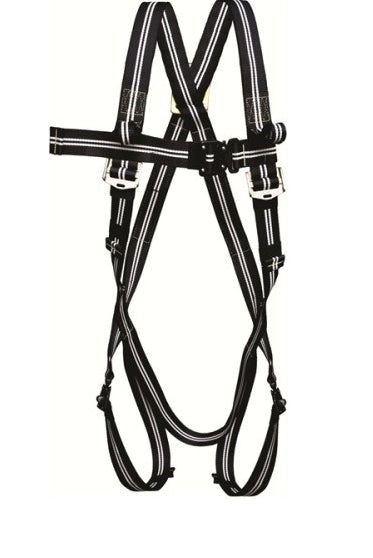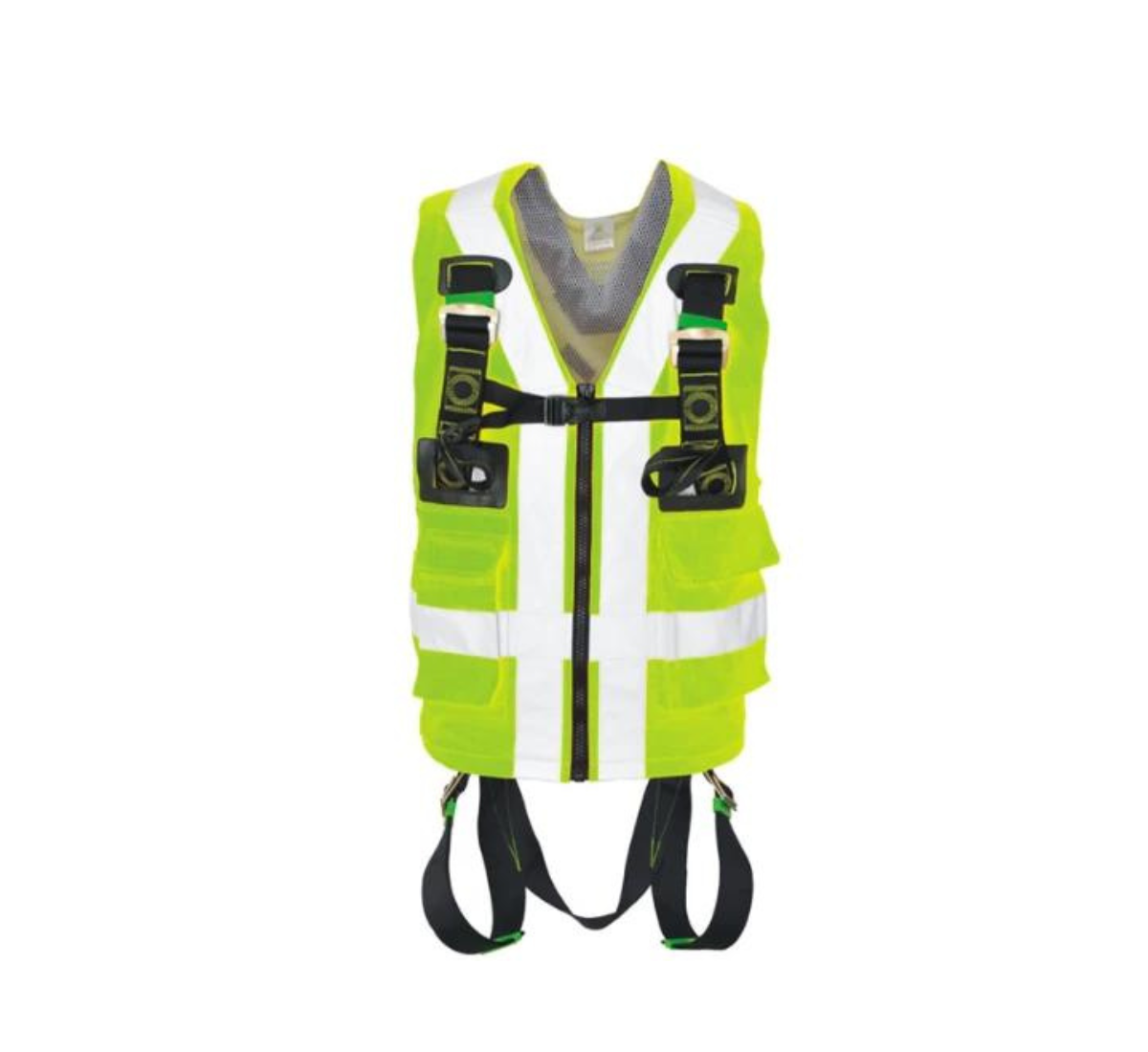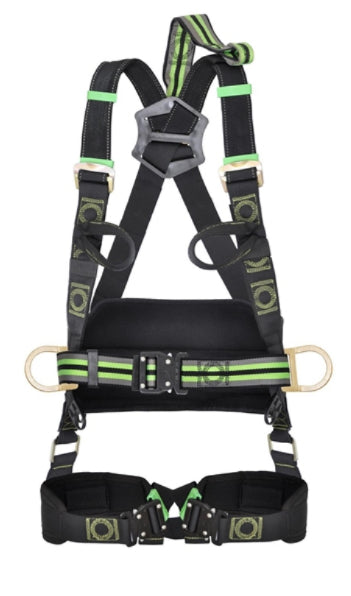Ensure maximum confidence while working at height with our comprehensive range of safety harnesses. Designed to provide full body support and protection, our harnesses are essential parts of any fall arrest system and are specifically engineered to prevent falls when working at height. Whether you're working in construction, scaffolding, confined spaces, or industrial environments, our safety harnesses offer reliable fall arrest capabilities and comfortable wear for extended hours.
OUR PREMIUM SAFETY STANDARDS
Our carefully curated collection includes a variety of harness types to meet the specific needs of different work environments. Each harness is crafted from durable materials and equipped with adjustable straps to ensure a secure and comfortable fit for every wearer. Our harnesses feature multiple attachment points located strategically to provide comprehensive support and allow for versatile use in fall arrest, work positioning, and restraint applications.
A full body harness is the core component of fall protection systems, distributing the force of a fall across the wearer’s body to minimise injury. Our harnesses are designed to support the full body of a person during a fall. They comply with the highest safety standards, ensuring that every product you purchase offers total peace of mind and truly dependable protection. The inclusion of anchor points and connectors allows harnesses to be easily attached to a suitable anchorage point via a compatible line or lanyard, forming a complete fall arrest system.
In addition to fall arrest harnesses, our range includes harnesses designed specifically for work positioning. These harnesses provide stability and support, enabling workers to maintain a safe and comfortable position, while carrying out complex tasks at height. These harnesses are marked clearly to indicate their intended use and attachment points, helping users select the right equipment for their specific applications.
NO ONE-SIZE-FITS-ALL
We understand that every job is unique, which is why our stock includes various variants of safety harnesses to accommodate different sizes, work environments, and safety requirements. Whether you need a harness for a short-term project or long-term use, our products are designed for durability and ease of maintenance. Inspections should be carried out by qualified personnel, and users should check the harness before each use and at regular intervals to ensure ongoing safety and compliance. Regular checks are essential to maintain the quality and functionality of your harness, and we provide detailed guidelines and technical details for inspection procedures, service life, and compliance requirements.
Our safety harnesses come with a range of accessories, such as energy-absorbing lanyards, connectors, and anchor devices, to complete your fall protection system. These components are crucial for ensuring that the harness can be connected securely and that the wearer’s movement is controlled in the event of a fall. The combination of high-quality harnesses and compatible accessories improves overall safety and compliance with workplace regulations.
WHY SHOP WITH LES FOR YOUR HARNESSES?
When selecting a safety harness, it is important to take into account the specific needs of the task at hand and the environment in which it's to be undertaken. The user is responsible for ensuring proper fit and performing safety checks before use. Our knowledgeable team is available to provide expert advice and help you choose the right product to improve safety and comfort on the job. Contact us to discuss your requirements, and we will assist you in finding the best solution.
By investing in a quality safety harness from LES, you are prioritising the well-being of workers and ensuring that fall protection measures are in place. It is important to assess the chance of falls occurring during work at height and to use harnesses to mitigate this risk. Our harnesses are designed to offer not only protection but also freedom of movement, allowing workers to perform their duties efficiently and confidently. With visible safety features and robust construction, our products stand out as reliable components in any fall arrest system.
Browse our safety harness collection today to find the perfect harness designed to meet your specific needs. Whether you are working in construction, industrial maintenance, or any job at height, our harnesses provide the essential support and protection required to carry out your work safely and effectively.
Safety Harness FAQs
A 2-point harness has attachment points at the chest and back, offering basic fall arrest protection. A 3-point harness includes an additional waist attachment for better stability or work positioning. A 5-point harness adds two more leg strap points for increased body support, making it ideal for more complex tasks or confined spaces.
An ATEX-rated safety harness is designed for use in explosive atmospheres and is compliant with EU Directive 2014/34/EU. These harnesses are essential in industries like petrochemicals, offshore oil, and gas, where there’s a risk of ignition from electrostatic discharge.
Choosing the right harness depends on your task, working height, and environment. For simple fall arrest, a 2-point harness may suffice. For work positioning or rescue, a 3- or 5-point harness is more appropriate. Always ensure the harness meets the relevant EN standards such as EN 361 or EN 358.
No, safety harnesses come in a range of sizes and should fit snugly but comfortably. An ill-fitting harness can reduce protection and cause injury. Always refer to the manufacturer's size guide and ensure proper adjustment during donning.

